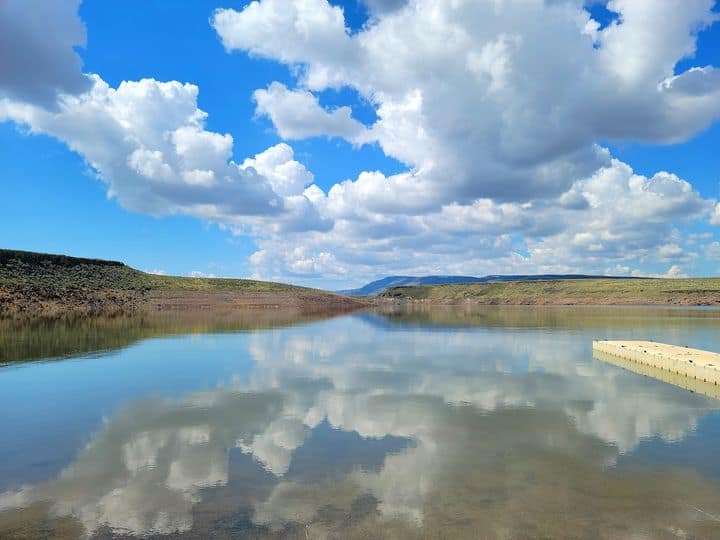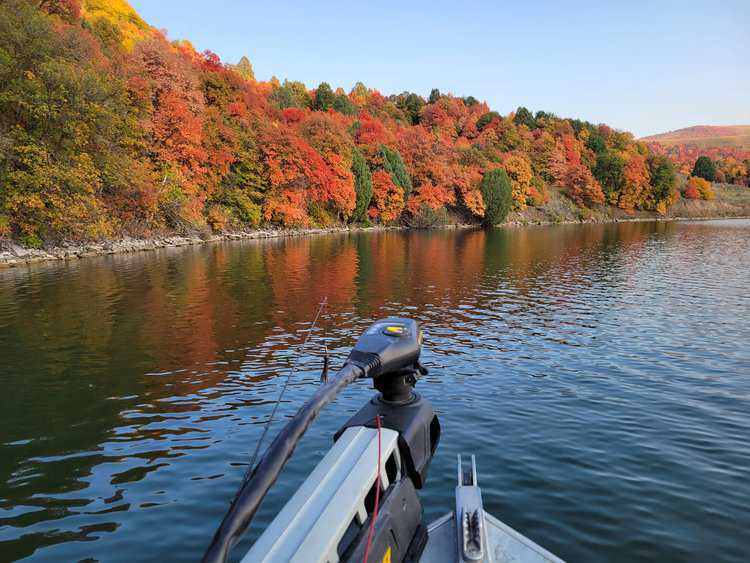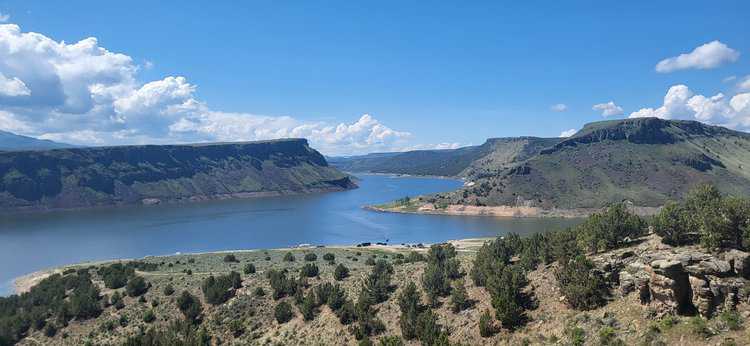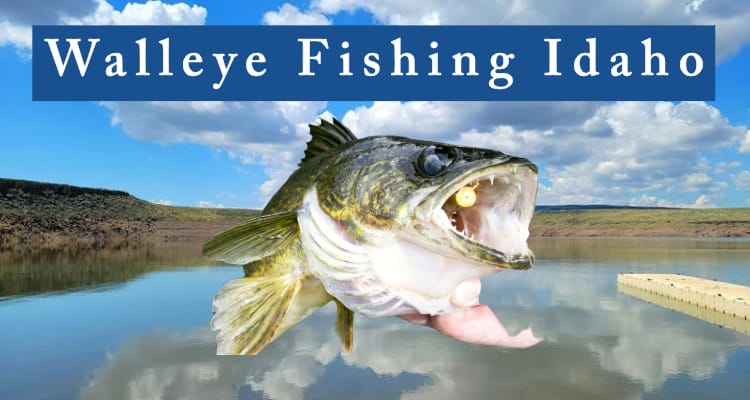Fishing for walleye in Idaho requires understanding the species’ habits, preferred habitats, and effective fishing techniques. Walleye, known for their elusive nature and preference for certain water conditions, can be targeted in the select reservoirs where Idaho Fish and Game manages their populations. Here’s a comprehensive guide on how to fish for walleye in the Gem State.
Best Locations for Walleye in Idaho
Walleye fishing in Idaho is concentrated in a few select reservoirs where the Idaho Department of Fish and Game has stocked this species. These locations are chosen for their ability to support walleye populations without negatively impacting native fish species and other game fish valued by Idaho anglers. Here’s a look at the prime spots for walleye fishing in the state:
Salmon Falls Creek Reservoir
Salmon Falls Creek Reservoir is a notable walleye fishing destination in Idaho. The reservoir’s diverse habitat, including deep water areas, rocky points, and submerged structures, makes it an ideal location for walleye. Anglers have success fishing for walleye using a variety of techniques, including jigging with live bait or soft plastics and trolling with crankbaits or spinner rigs. The best times for fishing are early morning and late evening, especially during the spring and fall when walleye are more active.

Oneida Reservoir
Oneida Reservoir offers another excellent opportunity for walleye fishing in Idaho. This reservoir features ample forage for walleye, with a mix of deep and shallow areas that provide suitable conditions for different fishing strategies. Trolling along the drop-offs and casting jigs or live bait near structures are effective approaches here. The reservoir is also known for producing quality-sized walleye, making it a favorite among anglers looking to catch larger fish.

Oakley Reservoir
Oakley Reservoir rounds out the list of Idaho’s top walleye fishing locations. Similar to the other reservoirs, Oakley provides a habitat that supports a healthy walleye population. Anglers can find success by focusing on areas with significant depth changes, such as near the dam or along creek channels. Live bait rigs and jigging can be particularly productive, especially during the early morning or late evening hours.

Lake Pend Oreille
Lake Pend Oreille is known for its diverse fishery, including a walleye population that has been subject to management efforts to prevent it from impacting the lake’s kokanee and trout populations. Despite these efforts, anglers can still find walleye, particularly in the northern parts of the lake where river inlets create favorable conditions for these fish. Targeting walleye in Lake Pend Oreille may require a focus on deeper waters, especially during the summer months, with jigging and trolling being effective techniques. The lake’s large size and depth variations provide a challenging yet rewarding experience for walleye anglers.
Idaho Walleye Fishing Rules
Idaho Fish and Game (IDFG) manages walleye populations with specific regulations to ensure sustainable fisheries and protect the ecosystem. Here are the key rules for walleye fishing in Idaho, particularly focusing on the areas where walleye fishing is permitted and the handling of walleye caught in non-designated waters.
- IDFG has designated three reservoirs for walleye fishing: Salmon Falls Creek Reservoir, Oneida Reservoir, and Oakley Reservoir. The bag limit for walleye in these designated locations is six (6) fish. This limit helps maintain a balanced walleye population while allowing anglers to enjoy fishing and harvesting these fish.
- IDFG mandates the harvest (killing) of all walleye caught outside of the designated reservoirs. This rule aims to prevent the spread of walleye to areas where they could negatively impact native fish populations and the overall aquatic ecosystem.
- Anglers are asked to not release walleye back into the water if caught in locations other than Salmon Falls Creek Reservoir, Oneida Reservoir, and Oakley Reservoir.
Tips to Catch Walleye in Idaho
- Choose a medium-light to medium spinning rod and reel combo for versatility and ease of handling, suitable for casting various walleye lures and baits.
- Spool the reel with 6-10 pound test monofilament or fluorocarbon line, which offers a good balance of strength and sensitivity for detecting bites.
- Use a simple jig head (1/8 to 1/4 ounce) tipped with live bait such as nightcrawlers or minnows, which are highly effective for walleye. This setup mimics the natural prey of walleye and is easy for beginners to use.
- For artificial lures, soft plastic baits in the shape of worms, minnows, or grubs rigged on a jig head can be very effective and easy to handle.
- To set up a live bait rig, tie a hook to the end of your line using an improved clinch knot. Attach a split shot weight 12-18 inches above the hook to keep your bait near the bottom, where walleye are typically found.
- Consider using a slip bobber setup if fishing with live bait in deeper water or when you need to suspend your bait at a specific depth. Adjust the depth so the bait is just above the bottom or at the level where walleye are holding.
- When using lures, vary your retrieval speed and incorporate pauses to make the lure more enticing to walleye, mimicking injured prey.
- Fish during low-light conditions such as early morning, late evening, or on overcast days, as walleye are more active and likely to feed during these times.
- Focus on areas near structures like drop-offs, weed edges, and rocky points, as walleye tend to congregate in these places to ambush prey.
- Always check current Idaho Fish and Game regulations for walleye fishing to ensure compliance with size limits, bag limits, and specific rules for the water body you are fishing in.

